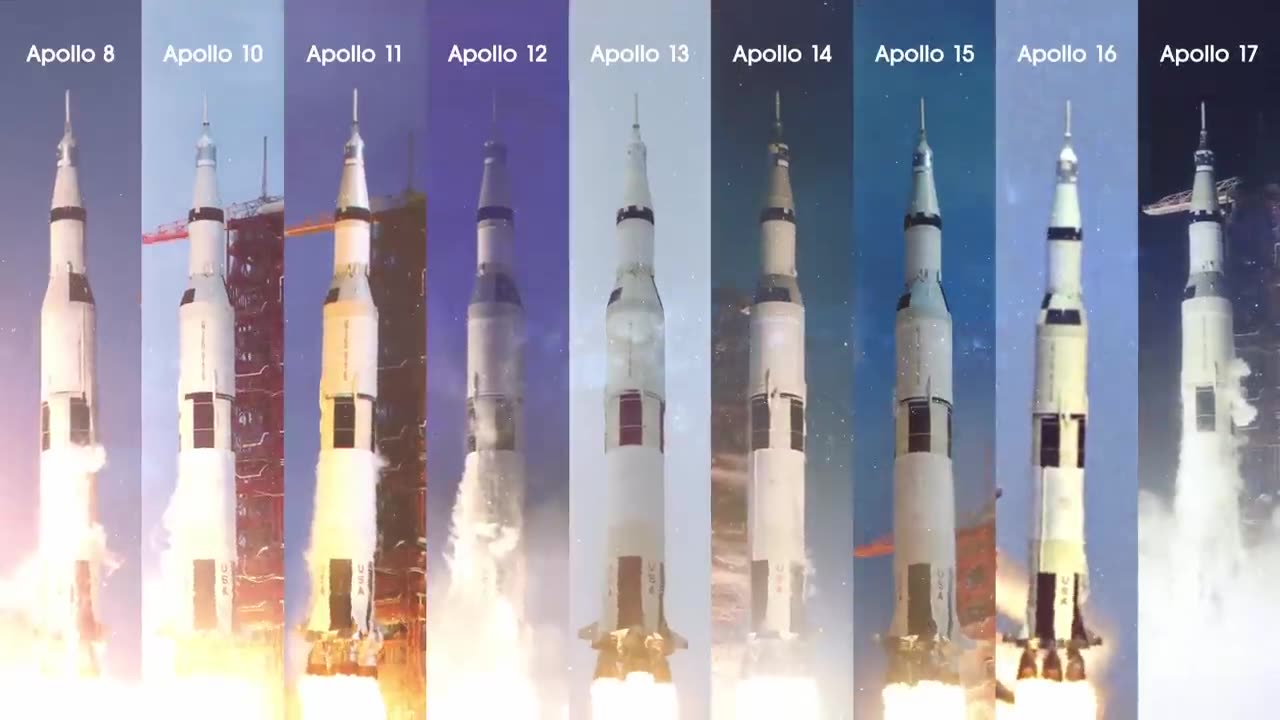Premium Only Content

earth to moon complete journey
Embarking on a journey from Earth to the Moon is an extraordinary feat that captures the imagination and pushes the boundaries of human exploration. Let's delve into the stages and key aspects of this captivating journey:
Launch and Escape Velocity: The journey begins with the launch of a spacecraft from Earth's surface. The spacecraft must overcome Earth's gravitational pull and reach escape velocity, typically around 40,270 km/h (25,020 mph). Powerful rockets propel the spacecraft upward, gradually breaking free from Earth's atmosphere.
Trajectory and Orbital Insertion: Once in space, the spacecraft follows a carefully calculated trajectory towards the Moon. This trajectory involves intricate orbital mechanics to ensure a precise and efficient path. The spacecraft's engines are fired at specific points to adjust its speed and trajectory, ultimately achieving a lunar orbit.
Lunar Orbit: Upon reaching the Moon's vicinity, the spacecraft enters a lunar orbit, circling around the Moon. This phase allows for detailed observations and mapping of the lunar surface. It sets the stage for subsequent maneuvers, including the descent to the lunar surface.
Lunar Descent: To land on the Moon, the spacecraft begins a descent from its lunar orbit. The descent module separates from the main spacecraft and steadily descends towards the lunar surface. Navigation systems, engines, and thrusters precisely control the descent, aiming for a designated landing site.
Lunar Landing: The final moments of the descent involve a controlled landing on the lunar surface. The module's engines fire in a carefully choreographed sequence, slowing down the descent until it gently touches down on the Moon's surface. This remarkable achievement marks the culmination of a human-made journey from Earth to the Moon.
Lunar Exploration: After landing, the astronauts aboard the spacecraft venture out onto the lunar surface, equipped with spacesuits and necessary equipment. They conduct scientific experiments, collect samples, and explore the unique lunar landscape. This phase allows for groundbreaking discoveries and expands our understanding of the Moon's geology and history.
Return Journey: Once the mission objectives are accomplished, it's time to return to Earth. The ascent module is launched from the lunar surface, rendezvousing with the main spacecraft in lunar orbit. The two spacecraft dock together, and the astronauts transfer back to the main spacecraft for the journey home.
Reentry and Splashdown: The return journey involves setting a trajectory towards Earth and performing a controlled reentry into the Earth's atmosphere. The spacecraft undergoes intense heat and friction during reentry, protected by its heat shield. Parachutes are deployed to slow down the descent, and the spacecraft lands safely in a designated area, such as an ocean, marking the end of the incredible journey.
The Earth to Moon journey represents the pinnacle of human ingenuity, determination, and technological advancements. It showcases our ceaseless curiosity and the indomitable spirit of exploration, expanding our horizons and inspiring generations to reach for the stars
-
 LIVE
LIVE
The Quartering
1 hour agoCrowder Roasts Entitled Black Man, Hasan Piker Meltdown, Leftoid Instant Regret!
2,061 watching -
 1:03:29
1:03:29
DeVory Darkins
2 hours agoKash Patel drops DEVASTATING NEWS for Democrats as ANTIFA suffers MAJOR LEGAL BLOW
20.5K32 -
 LIVE
LIVE
Dr Disrespect
6 hours ago🔴LIVE - DR DISRESPECT - ARC RAIDERS - THE ULTRA EXTRACTION GAME
1,648 watching -
 LIVE
LIVE
Barry Cunningham
13 hours agoBREAKING NEWS! PRESIDENT TRUMP MEETS WITH UKRAINE PRESIDENT ZELENSKY!
1,408 watching -
 1:14:56
1:14:56
Lara Logan
12 hours agoTHE ONLYFANS SCAM: Victoria Sinis Breaks Down the Dangers and Lies Targeting Your Children | EP 40
8.52K5 -
 3:02:51
3:02:51
Tundra Tactical
20 hours ago $0.28 earned{LIVE NOW} GunTuber Plays Battlefield 6...Terribly
7993 -
 40:50
40:50
The White House
2 hours agoPresident Trump Participates in a Bilateral Lunch with the President of Ukraine
7 -
 54:57
54:57
Sean Unpaved
2 hours agoRodgers-Flacco TNF Showdown, CFB Week 8 Upsets, NFL Week 7 Edges, & Weekend Locks
4.49K -
 2:05:45
2:05:45
The Culture War with Tim Pool
22 hours agoWokeness Is Dying, Conservatives Are Winning & Taking Back Entertainment | The Culture War Podcast
122K58 -
 1:57:51
1:57:51
The Charlie Kirk Show
2 hours agoZelenskyy Gets to Know the King + Bolton Busted + NYC Showdown + AMA | Davis, McCoy | 10.17.2025
31.5K8